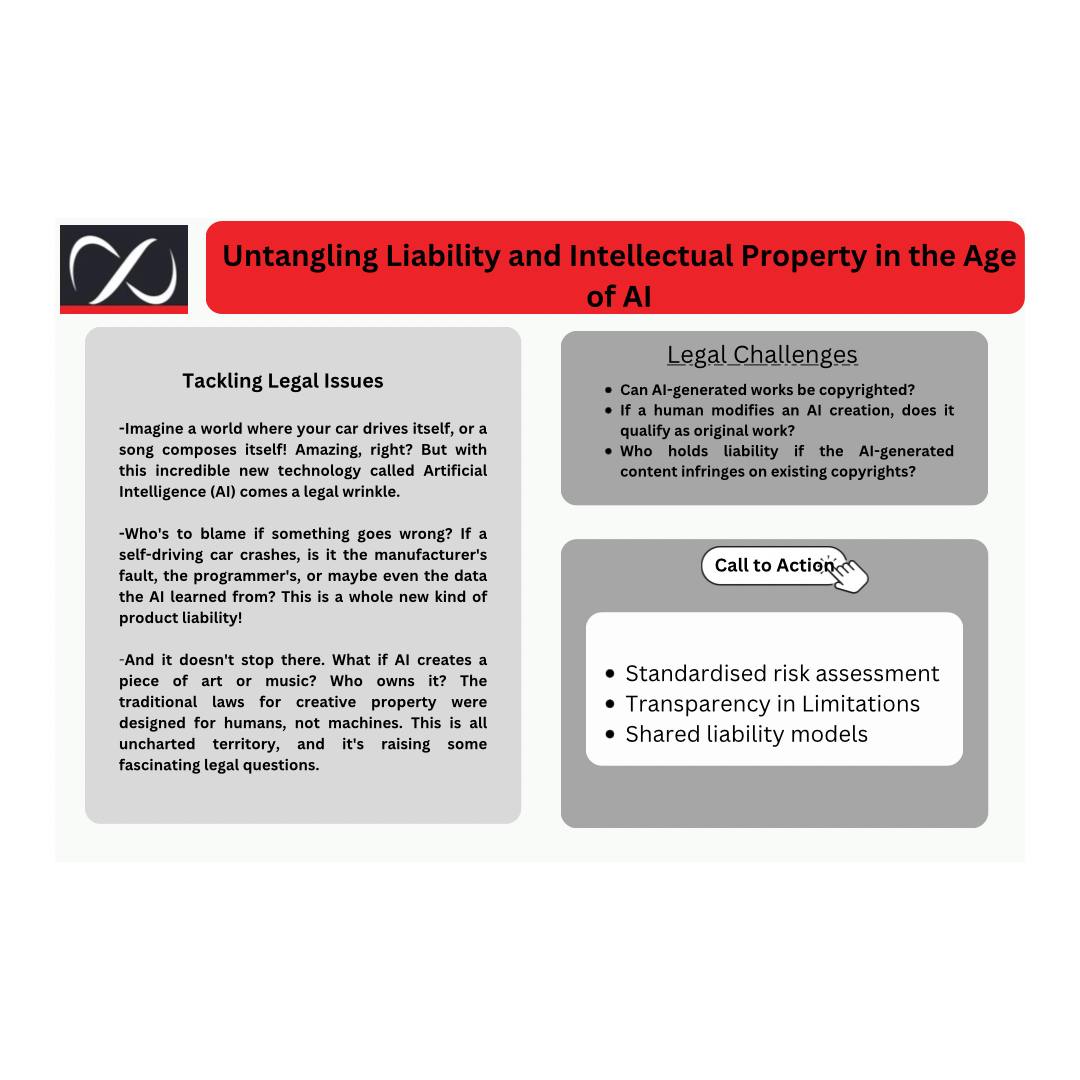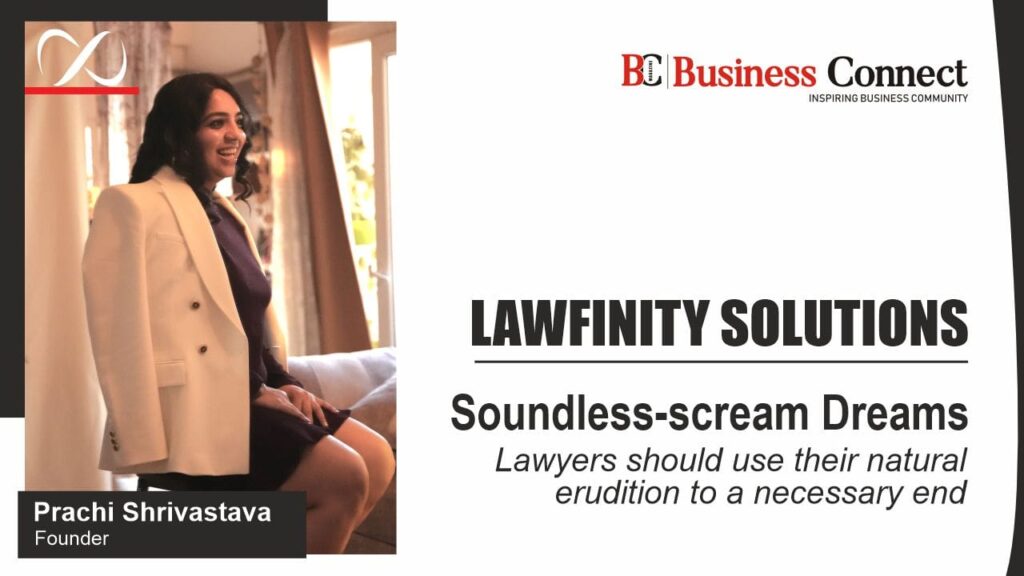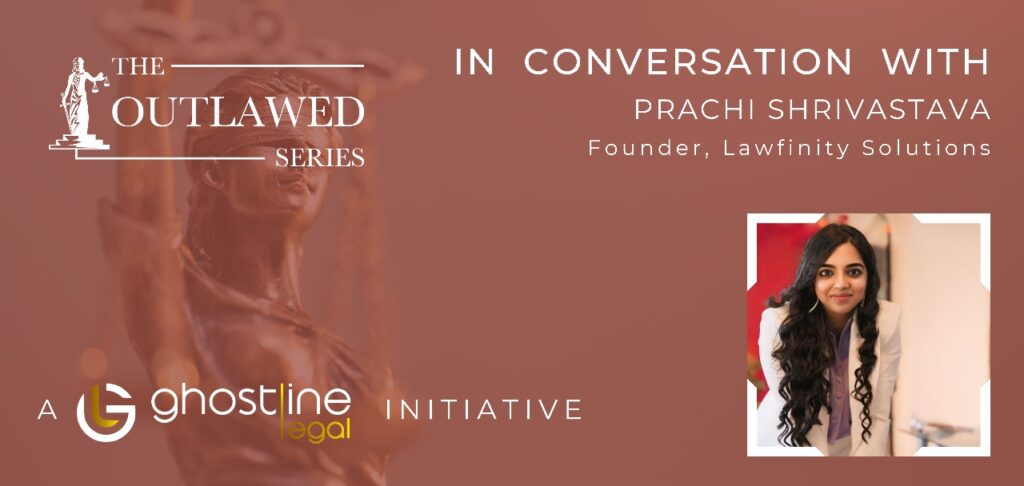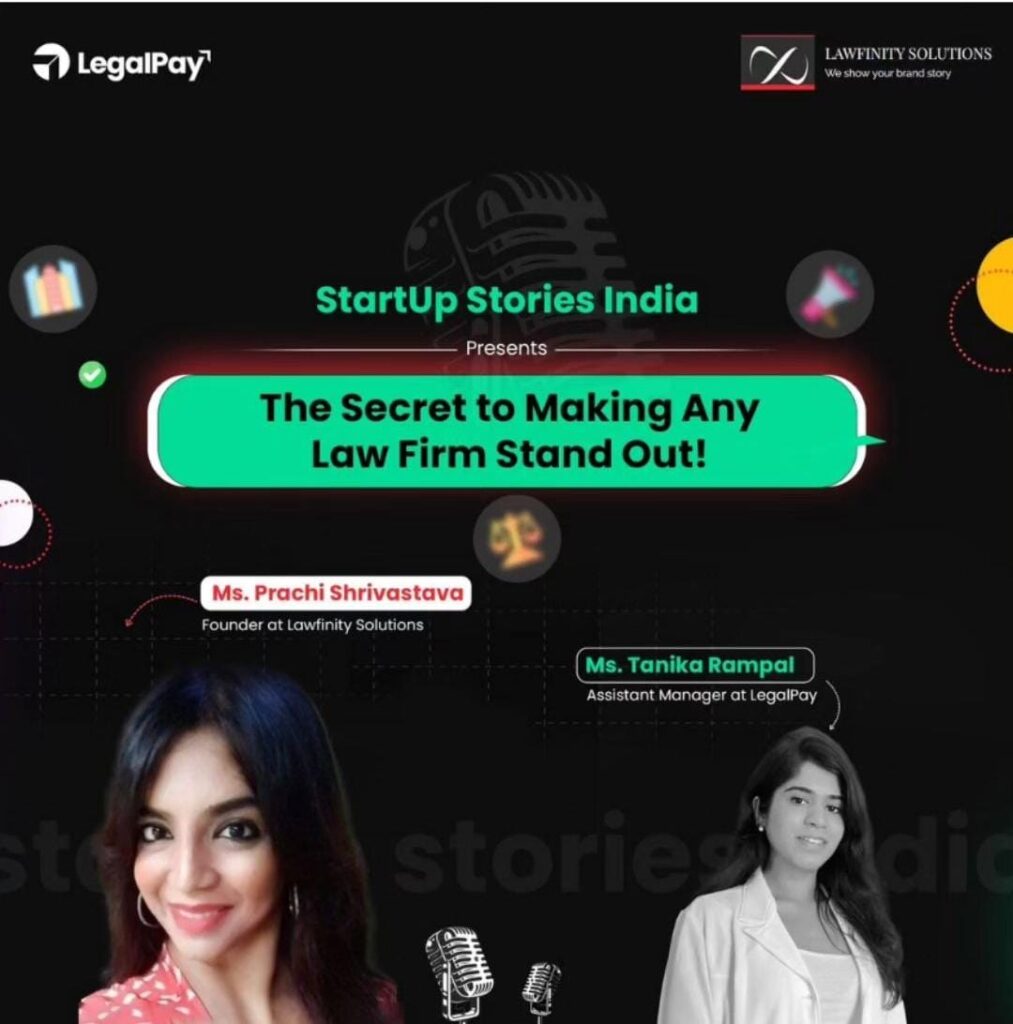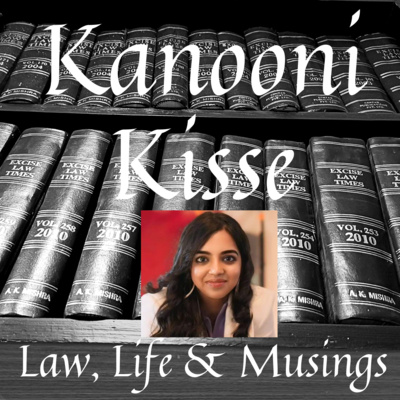
Imagine a world where your car drives itself, or a song composes itself! Amazing, right? But with this incredible new technology called Artificial Intelligence (AI) comes a legal wrinkle. Who’s to blame if something goes wrong? If a self-driving car crashes, is it the manufacturer’s fault, the programmer’s, or maybe even the data the AI learned from? This is a whole new kind of product liability!
And it doesn’t stop there. What if AI creates a piece of art or music? Who owns it? The traditional laws for creative property were designed for humans, not machines. This is all uncharted territory, and it’s raising some fascinating legal questions. Buckle up, because we’re about to dive into the world of AI and the legal battles brewing over responsibility and ownership!
Case Study 1: In 2022, a unique copyright infringement case emerged in India, highlighting the complexities of AI-generated content. Music label (The Company) found itself entangled with singer-composer Aman. Aman claimed copyright ownership over a song composed by an AI tool he had used and slightly modified. The Company, on the other hand, argued that AI cannot be considered an author under Indian copyright law, and therefore, the song belonged to them as they had commissioned the work.
The case raised critical questions:
- Can AI-generated works be copyrighted?
- If a human modifies an AI creation, does it qualify as original work?
- Who holds liability if the AI-generated content infringes on existing copyrights?
The Delhi High Court provided an interim order, allowing The Company to release the song with credits to both Aman and the AI tool. However, a final judgment on ownership and authorship is still pending.
Case Study 2: This case involved a patent application for a drug discovery system that utilized AI. The Indian Patent Office rejected the application because the AI system itself was not considered an inventor under Indian patent law. The law requires an inventor to be a natural person.
This case raises questions about:
- Can AI be recognized as an inventor, even if it collaborates with humans in the inventive process?
- How should patent law adapt to acknowledge AI’s contribution to innovation?
The rejection underscores the challenges in recognizing AI’s role in various fields and the need for legal reforms to address AI-assisted innovation. It highlights the need for a legal framework that balances the rights of inventors with the innovative potential of AI.
Product Liability: Who’s to Blame?
As AI infiltrates products and services, assigning blame for malfunctions becomes a complex issue. Traditional product liability frameworks hold manufacturers accountable for defects. However, with AI, the line blurs. Consider a self-driving car accident: is it the manufacturer’s fault for the faulty AI software, the programmer’s for the coding errors, or the training data that biased the AI’s decision-making?
Multiple parties could potentially be liable, leading to finger-pointing and protracted legal battles. This uncertainty discourages innovation and hinders the deployment of potentially life-saving AI technologies.
Intellectual Property Wars: Who Owns the Spark?
The question of who owns AI-generated creations is another legal quagmire. Current IP laws, designed for human creativity, struggle to define authorship and ownership when AI plays a significant role.
Can AI be considered an inventor? Who owns the copyright of an AI-generated song or artwork? If a human modifies an AI creation, does it become their original work? These questions fuel disputes between developers, users, and even the AI itself (in hypothetical scenarios).
The lack of clear ownership frameworks discourages investment and creates uncertainty for creators and users alike.
Legal Solutions available:
- Standardized Risk Assessments: A standardized risk assessment framework can help identify potential failures in AI systems before deployment. This allows developers to implement safeguards and mitigate potential harm.
- Transparency in Limitations: Clear disclaimers outlining the limitations and intended use of AI products are crucial. This informs users about tasks the AI can and cannot perform, fostering responsible use and managing expectations.
- Shared Liability Models: Complex AI systems often involve multiple actors (developers, integrators, users). Exploring shared liability models, where responsibility is apportioned based on each party’s contribution, could be a solution. However, clear contractual agreements outlining these divisions are essential.
- Clear Attribution: Explicit attribution of authorship for AI-generated inventions is crucial. While current laws may not recognize AI as an inventor, developers can explore options like listing themselves as inventors who utilized AI tools.
- Data Ownership Frameworks: Standardized data ownership frameworks are needed to determine who owns the rights to data used in training AI models. This can involve contractual agreements between data providers and developers, ensuring clarity and preventing disputes.
- Open-Source Collaboration: Promoting open-source AI development, with clear licensing terms, can foster collaboration and innovation. This can lead to faster development cycles and address concerns over who owns the rights to AI-generated outputs.
- Legislative reforms: Legal frameworks need to evolve to address AI’s role in innovation. Clear guidelines for assigning ownership and authorship in human-AI collaborations are crucial.
- Product liability frameworks: Establishing clear guidelines for product liability in AI-powered products is essential. This could involve shared liability models or mandatory safety certifications for AI algorithms.
- Ethical AI development: Fostering collaboration between policymakers, the legal community, and the AI industry can establish ethical development practices that minimize bias and prioritize safety.
Conclusion:
The current legal framework in India, designed for a human-centric creative landscape, is inadequate for AI. The Copyright Act, 1957, recognizes the author as the “first owner” of copyright, a concept not easily applied to AI. This ambiguity creates uncertainty for both creators and users of AI-generated content.
To foster innovation and address liability concerns, a multi-pronged approach is necessary. First, legislative amendments are crucial to recognize AI’s role in content creation. Clear guidelines on authorship and ownership attribution for AI-human collaborations are essential. Second, robust legal frameworks for addressing infringement claims involving AI-generated content are needed. Third, fostering collaboration between policymakers, legal experts, and the AI industry can lead to the development of ethical AI practices and responsible innovation.
In conclusion, the legal system must adapt to the evolving nature of AI-generated content. By establishing clear ownership and liability structures, India can create a fertile ground for responsible AI development and ensure that both creators and users benefit from this transformative technology.

